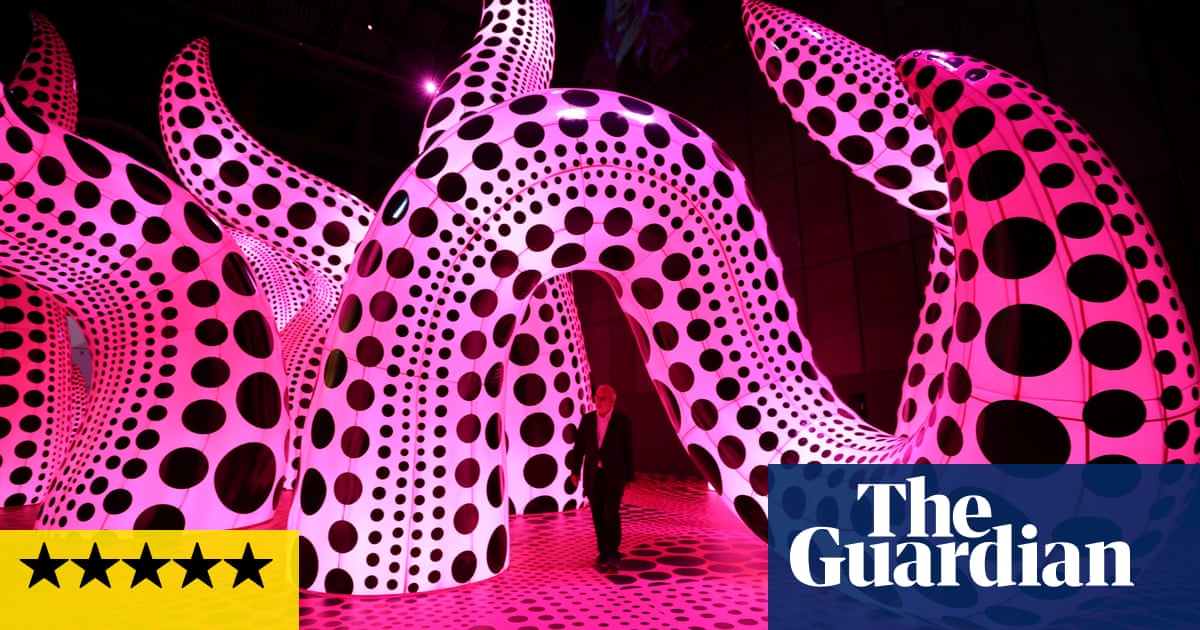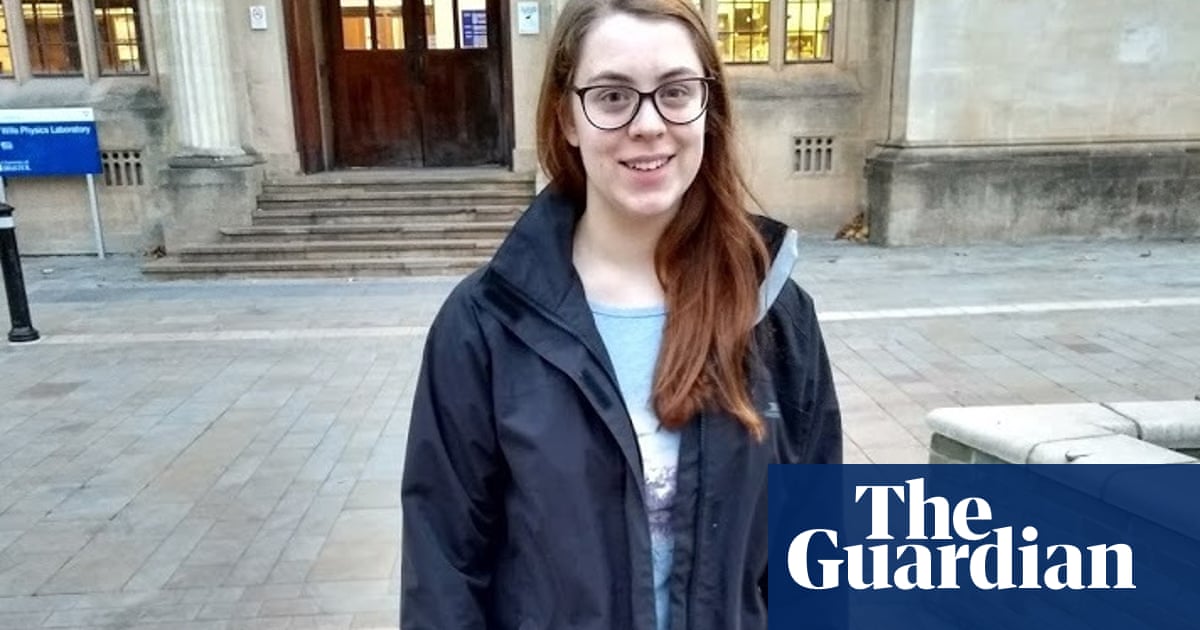
Those wags at Tate Modern! They spend 21 years telling you figurative painting is dead: 21 years of film projections, dance and guys screaming on monitors. Then they give an old-school figurative painter a retrospective and tell us this is what modern looks like now.
Lubaina Himid’s exhibition in the museum’s Blavatnik Building, where time and performance-based art usually rule, is full of the kind of jolly postmodernist pop you usually see at the Royal Academy Summer Exhibition. The vibe this museum projects is heavy and apocalyptic, in keeping with its daunting industrial scale. But this artist is all whimsy. She starts her retrospective with a set of paintings about DIY. Safety instructions from a manual are written out next to pictures of cogs, nails and tools. On speakers nearby, in one of several sound art pieces Himid has created with Magda Stawarska-Beavan, these instructions are repeated. It’s like a very, very soft version of Jasper Johns. And it turns out this whole show is about as dangerous as a painting of a hammer. It doesn’t escape from art into life.
The sound work, so early on, seems intended to reassure us that Himid fits perfectly well into Tate Modern. But she’s no more modern than David Hockney – although he’s very modern, in his way. The comparison is not random. When Himid started her art life in the 1980s, it appears, she was a huge Hockney fan. His influence is visible in early paintings such as Ankledeep (1991), with its two pairs of naked feet resting on a splashy spume of blue and white brushstrokes straight out of one of his early 1960s pictures.
Hockney himself appears, with the dyed blond hair he still sported in the 1980s, sitting with a man on his lap in Himid’s 1984-6 installation A Fashionable Marriage. When this Hogarth-inspired tableau was shown in the 2017 Turner prize (which she won) in Hull, it seemed angry and satirical. Here, amid all her paintings, it is tamed.
It turns out to be an expression of Himid’s fascination with narrative painting. Her 2016 cycle Le Rodeur, taking its name from a French slaving ship, uses Hogarth’s idea of a “progress”, a visual story told across multiple images. Le Rodeur: The Cabin is particularly Hogarthian, set on a ship, where a musician in 18th-century costume plays fife and drum while a waiter brings on a jelly.
The crew of Le Rodeur threw 36 shackled west Africans overboard in 1819. Himid’s paintings don’t rage at this incident. Instead it is a dull ache in the background, a fact her characters might be evading or silently brooding about. If this was a play it would be full of pauses.
“What is a monument?” asks Himid in a painted text beside a collection of pots, based on jelly moulds, painted with historical portraits, emblems and styles. It’s a good question. Her art deals with memory yet in an oddly meandering way. Historical pain haunts it but the sedate figures and upbeat colours maintain their composure.
After a while, you want an explosion. I wanted a video screaming at me, a performer slapping my face. This is all too easy and too polite. The gap between the political and historical themes of Himid’s art and its elegance could be highly effective. Instead, meaning gets reduced to a thin thread of allegory. OK. I get that the sea in all the scenes of Le Rodeur is sinister, the calm of the characters unnatural, when you know it’s about slavery. Yet you won’t see that from the actual images.
There are also paintings of utopian buildings, of carpets and near-abstract patterns. Himid enjoys her colours. A sound work keeps repeating the word “blue” in different languages, in a room filled with constructivist arrangements of musical instruments, newspaper (this one) and book covers, all shot through with lacings of blue.
As a colourist she fizzes, but as a painter of people and places she’s too damn vague. We see formally composed, stylishly clad groups meeting in bars or living rooms, but each detail is like a quote of a quote.
If Tate Modern thinks painting is now modern, it needs to give some thought to why some paintings are just decorative, while others are profound. There’s nothing here to show why this particular skilled and idiosyncratic, but not especially earth-shaking painter belongs in Tate Modern when others of her generation have to be grateful for a show at the less glamorous Tate Britain. I have always wondered what this museum means by “modern”. It turns out to be whatever’s fashionable, and if the wind blows towards painting then let it not be said that Tate Modern does not also blow.
Lubaina Himid is at Tate Modern, London, from 25 November to 3 July.












